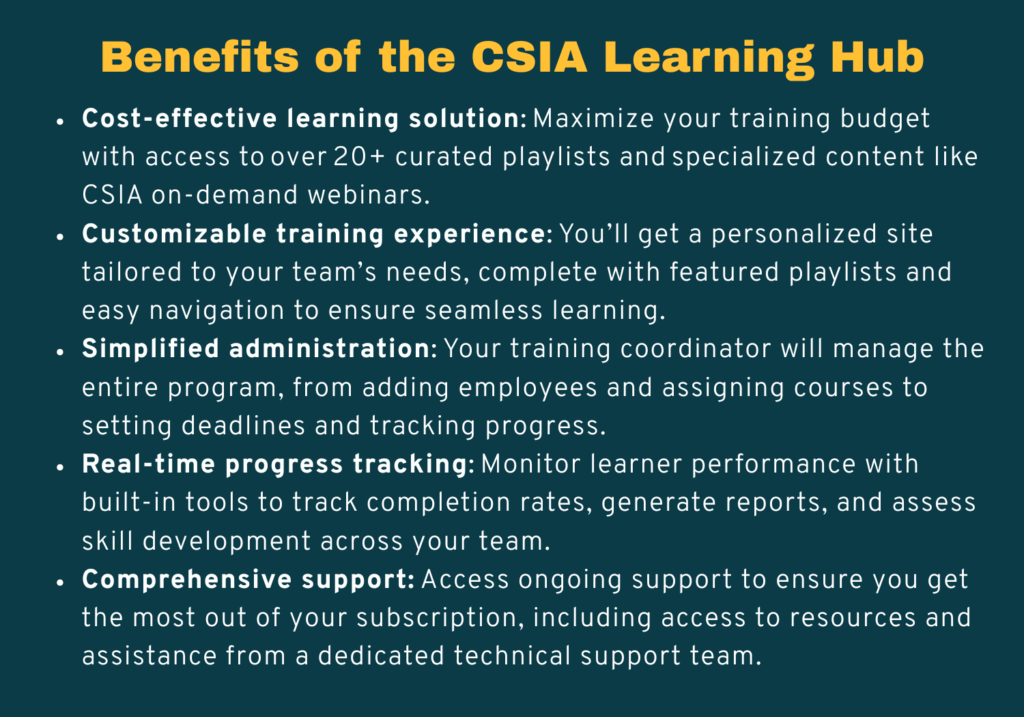Project Management

Project Management Course Highlights
Core Project Management Awareness
- ABCs of Construction – Project Management Terms: Introduces key terminology and concepts used in project management within construction and engineering contexts.
- Agile Methodologies: Covers the principles of Agile, including iterative planning, collaboration, adaptability, and value-driven delivery.
- Agile Principles and Methodologies: A deeper look into Agile frameworks, roles, and processes for managing fast-paced projects.
- Practical Project Management – Introduction: Overview of the project lifecycle, project manager roles, and foundational PM skills.
Planning & Execution Skills
- Practical Project Management – Project Planning: Techniques for defining scope, setting objectives, building timelines, and allocating resources effectively.
- Practical Project Management – Plan Execution: Guidance on coordinating teams, managing deliverables, and maintaining communication throughout a project.
- Practical Project Management – Project Follow-Up: Best practices for closing projects, reviewing outcomes, and implementing lessons learned.
- CAPM® – Common Project Management Methods, Models & Artifacts: A series of courses introducing key frameworks (like Waterfall, Agile, and hybrid approaches), essential documents, and tools used to manage projects effectively.
- CAPM® – Applying Essential Formulas: Math and analytical skills needed for scheduling, cost estimation, and earned value management.
Project Leadership & Communication
- Art of Authenticity (7-part series): Builds leadership presence and self-awareness to inspire trust, manage multiple roles effectively, and lead with authenticity in project environments.
- Practical Project Management Skills: Focuses on critical thinking, problem-solving, negotiation, and stakeholder management skills for successful project leadership.
- CAPM® – Business Analysis Framework: Understanding how to gather requirements, engage stakeholders, and bridge the gap between business needs and technical solutions.
Exclusive to CSIA Members – Please log in to access your free month
Not a member? Join or renew today.

Stay on time and on budget.
Practical, data-driven safety courses – from core awareness to prevention.
Deliver excellence every time.
Build relationships that close deals.
Collaborate with clarity.
Create documentation that works.
Know your numbers.
Keep clients coming back.
Insight from top system integrators.
